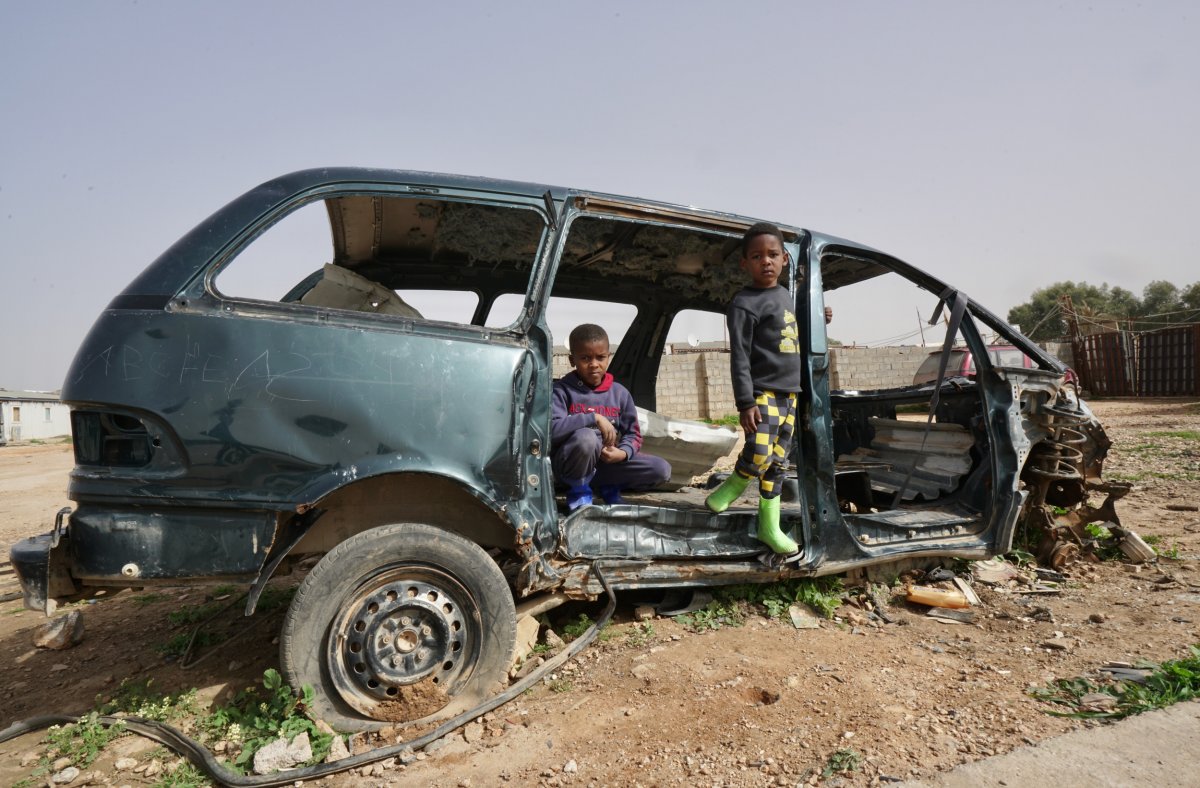In July, a U.N. panel of experts released a new report on global terrorism, with some alarming conclusions. In it, they noted that East and West Africa have been the world regions hardest hit by terrorism over the past year, and that terrorist groups in Iraq and Syria are fast becoming "an entrenched insurgency."
One data point was conspicuously absent from their survey. Nowhere in the report was the threat posed by the previously dormant Islamic State (ISIS) in Libya mentioned. That's a glaring omission because the Libyan franchise of the world's most dangerous terrorist group could now be poised for a strategic comeback.
A bit of history is in order. ISIS first emerged in Libya in 2015, when the group launched its first attack on the Corinthia Hotel in the country's capital, Tripoli. At its peak, the group was estimated to have around 5,000 fighters in Libya, and to control over 125 miles of the coastline.
During its rise and rule, ISIS' Libyan franchise maintained a close relationship with the group's core leadership, including direct communications, funding, specialized training and advising. Its largest stronghold was in Sirte, where it was able to establish its own system of governance. However, it also maintained bases in Derna and in Sabratha in the country's west. And while most of its fighters were of Libyan descent, ISIS in Libya also boasted a contingent of foreign fighters—from Tunisia, Egypt, West Africa, Sudan and even America and Europe.
Since its heyday, however, the Islamic State's Libyan branch has been in decline. The group lost control of Sirte in 2016, and has dwindled in influence and capabilities since—leading many to write the group off as a spent force, at least in the North African context. Yet there are clear signs that the group has been using the Libyan civil war as cover while it quietly regroups and expands its capabilities.

Signs of this recovery are everywhere. Operating outside of camps in the Sahara desert and via sleeper cells in Sirte, the Islamic State's Libyan arm has been stockpiling weapons and raising funds by seizing trucks carrying fuel and taxing human traffickers and arms smugglers. And although U.S. military estimates in 2019 put the group's cadres at just 100, its manpower has expanded to the point that it is now able to establish pop-up checkpoints around Sirte. The group's terrorist activity is expanding as well. This summer, ISIS in Libya claimed responsibility for a June 6 attack on an Libyan National Army (LNA)-aligned police checkpoint in Sebha—its first in a year. After the attack, it released photos of members in southern Libya, likely as an effort to underscore that it remains active in the area.
To be sure, the Islamic State's Libyan arm is still going through growing pains. For instance, research from the Institute for Security Studies found that at least 130 ISIS members from Libya have returned to the Lake Chad Basin to rejoin the Islamic State West African Province (ISWAP), depleting the group's ranks of experienced fighters. Yet the signs of the Islamic State's activity in Libya are potent enough to be alarming.
Libya's main opposition faction, the LNA, certainly thinks so. Fighting in 2019 and 2020 between the LNA and the internationally-recognized Government of National Accord (GNA) in Sirte and Tripoli pulled virtually all attention away from counter-terrorism operations, allowing ISIS to regroup in the country's south without fear of raids and airstrikes. Hostilities between the GNA and LNA have mostly subsided, thanks to an October 2020 ceasefire between the warring parties and the election of a new transitional government. And now, the LNA is focusing its efforts on anti-ISIS operations.
Since the June 6 attack, the LNA has sent reinforcements to southern Libya for a large-scale counter-terrorism operation in Fezzan, and has claimed to have launched airstrikes and destroyed ISIS hideouts in the Haruj mountains. By doing so, the LNA is deftly positioning itself as the guarantor of security in southern Libya ahead of national elections this coming December.
But the threat from ISIS is also real—and should be of serious concern to Africa watchers and policymakers alike. For years, observers have warned that Libya's civil war could provide the perfect storm for the group to recruit new members and launch attacks. It looks like those predictions may finally be coming true.
Emily Milliken is a junior fellow at the American Foreign Policy Council.
The views expressed in this article are the writer's own.
Uncommon Knowledge
Newsweek is committed to challenging conventional wisdom and finding connections in the search for common ground.
Newsweek is committed to challenging conventional wisdom and finding connections in the search for common ground.
About the writer
To read how Newsweek uses AI as a newsroom tool, Click here.






